The Scottish Borders are rife with so many antiquarian treasures that even H.P. Lovecraft would struggle to believe it’s true. But the heart of the Borders is no fiction, for among the bends of the River Tweed you’ll find ruined abbeys, stout tower houses, a wondrous manse, and a singular view. You may also find a peculiar monument tucked away in a strip of woods along Bemersyde Hill: The William Wallace Statue.
The era of Romanticism led to many interesting works across Scotland, from the follies atop Calton Hill in Edinburgh to Ossian’s Hall in the Hermitage outside Dunkeld, to this very statue overlooking the Tweed and the Eildon Hills beyond. Traveling around the Borders is easy and loads of fun, and a visit to this statue became a simple addition to my day out at nearby Dryburgh Abbey.
The easiest way to begin the trek involves driving east from St. Boswells. Take the first left after you cross the River Tweed and follow this road until a right turn presents itself (do not continue on toward Dryburgh). Take the right and keep your eyes peeled for a little parking area on the left. You’ve found the beginning of this relaxing walk.
The path is level and supremely easy to traverse as it runs along the edge of a farm field before pushing into denser forest. The day was cool but pleasant during my visit, and I had just been invigorated with a delicious Scottish breakfast at Whitehouse Country House B&B.
I stopped here and there to appreciate the highly characterful trees growing along the slopes as well as patches of wild garlic blooming in the shade. Later on in this trip I had some homemade pesto made with this same kind of garlic when i visited Cambo Estate in Fife.
After a 15-20 minute stroll I reached the edge of the field, which turned out to be atop a small hill, and at the top of the precipice stood the magnificent William Wallace Statue. Wallace is carved from red sandstone and stands 31 feet tall, and you wouldn’t be remiss to wonder if he didn’t belong in the Greek pantheon such is his carven disposition. He stands atop a plinth of the same red sandstone looking west across the River Tweed toward the Eildon Hills and nearby Melrose.
This statue was commissioned by James Steuart Erskine, 11th Earl of Buchan, a Romantic and founder of the Society of Antiquaries of Scotland. He seems to have been a curious fellow enamored of Scotland’s past whom Sir Walter Scott described as a man whose “immense vanity obscured, or rather eclipsed, very considerable talents.” The statue was carved by John Smith of Darnick and erected on September 22, 1814 — just over 200 years ago!
This giant iteration of William Wallace stood tall against the elements for close to 180 years before the Saltire Society raised funds to help return the statue to its former glory (what we now see today).
It is monuments like these, which you find in hidden places all over Scotland, that capture Scotland’s great cultural heritage. To come out from the wood and see this Herculean legend staring down the hillside is a thing of wonder.
A small funereal urn stands near the statue inscribed with the following verse:
Sacred to the memory of Wallace
The peerless Knight of Ellerslie
Who wav’d on Ayr’s Romantic shore
The beamy torch of Liberty
And roaming round from Sea to Sea
From Glade obscure of gloomy Rock
His bold companions call’d to free
The Realm from Edward’s Iron Yoke.
This is a hike not to miss when you’re next in the Borders, especially given its proximity to so many of the region’s highlights.

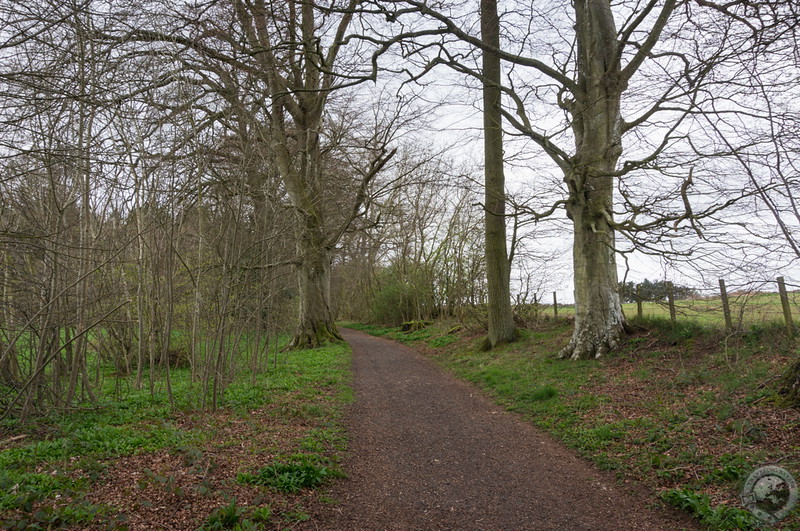
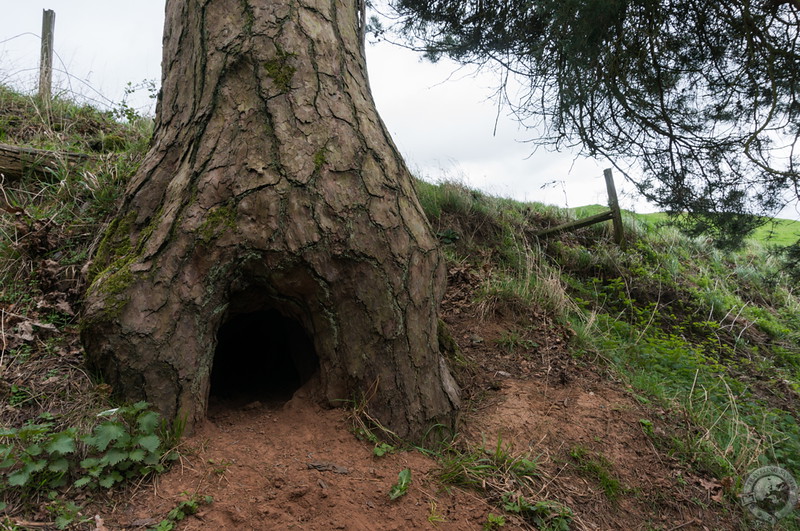
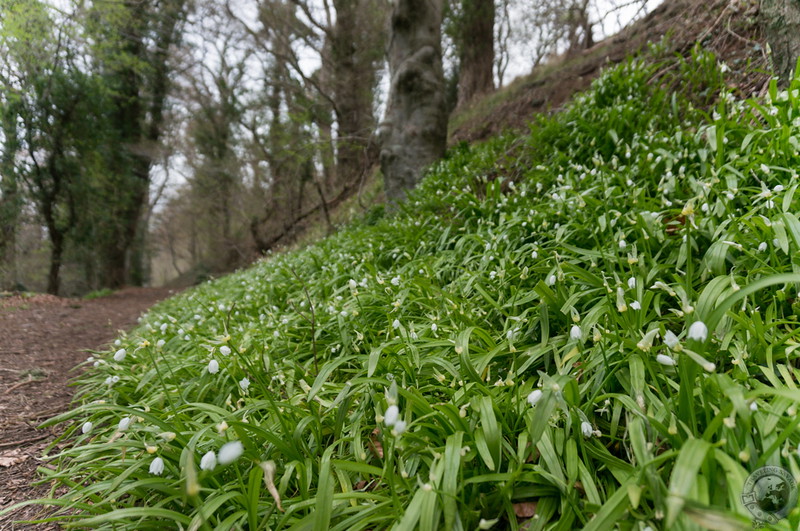
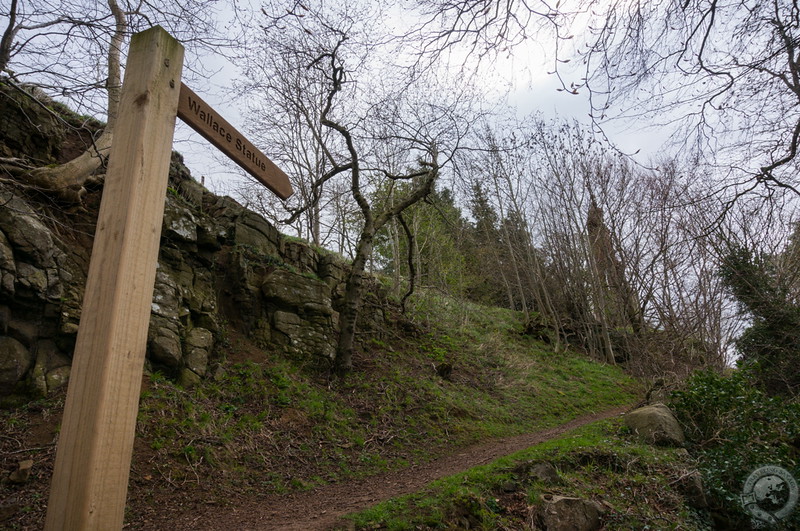
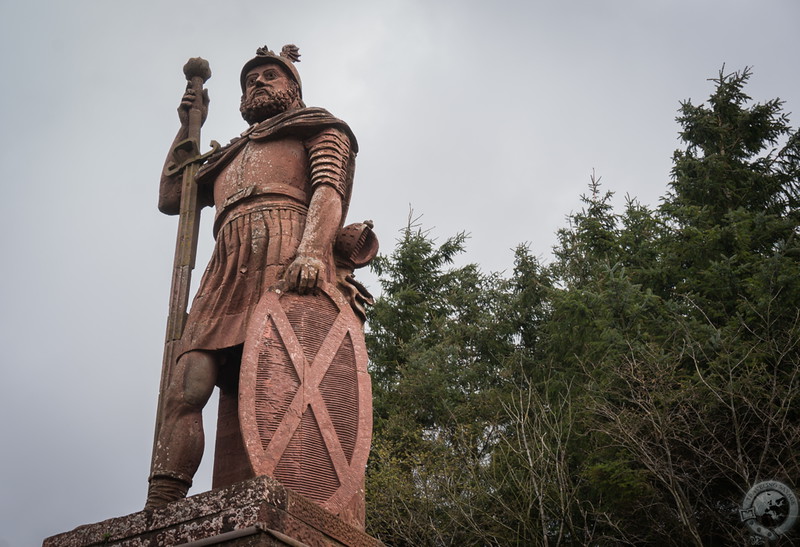
Such a wonderful place to visit. We did a few years ago and I wouldn’t have missed it.
A hidden treasure, certainly.